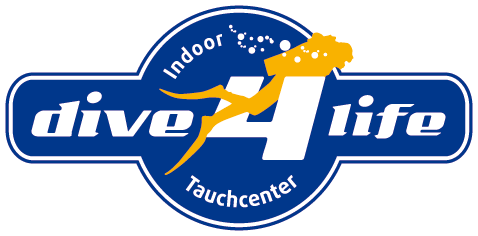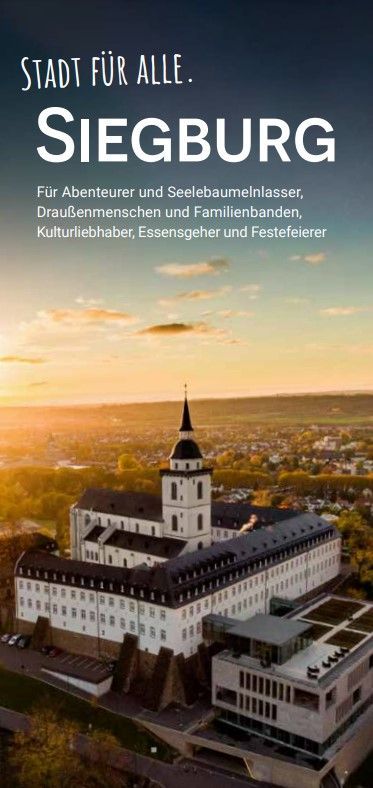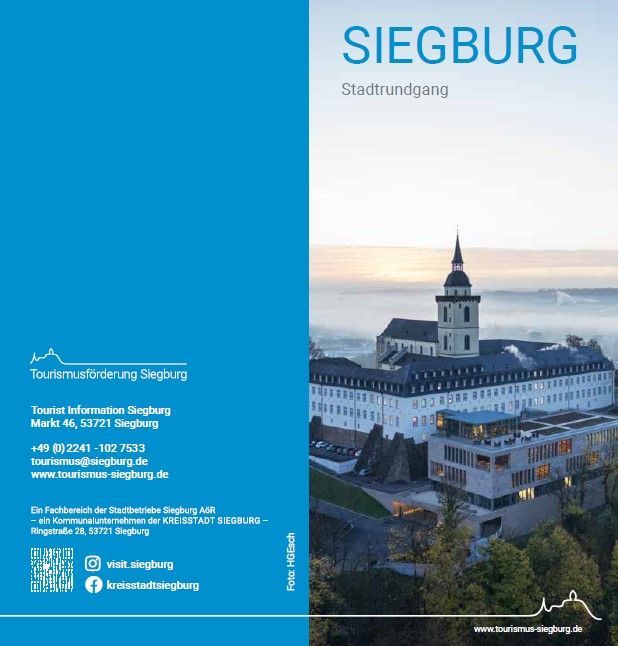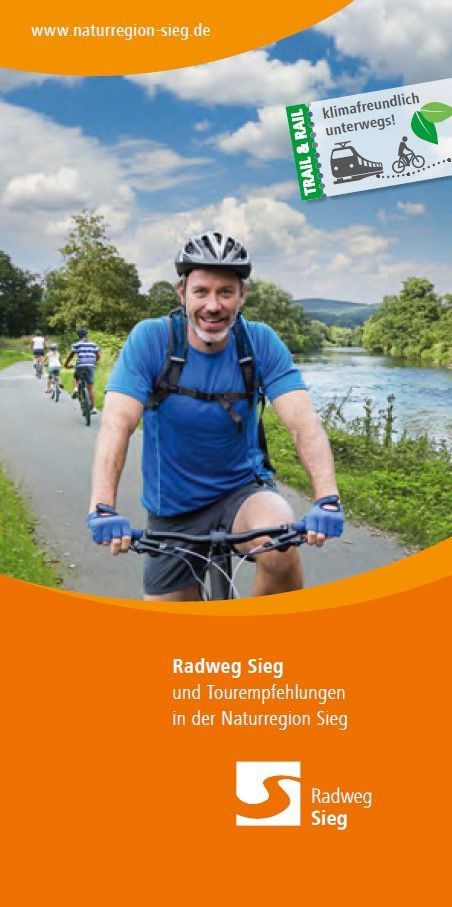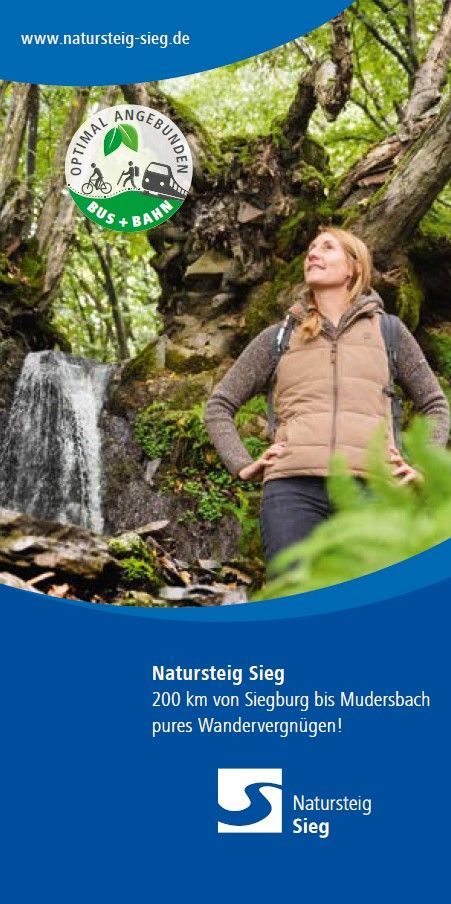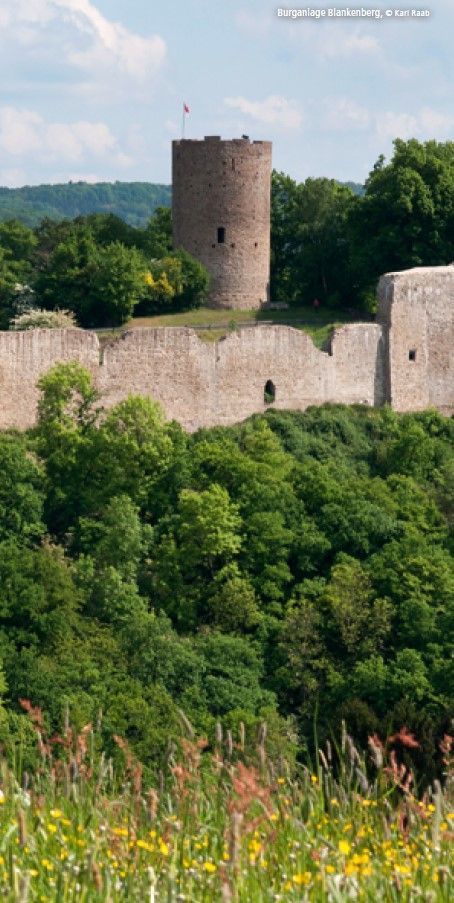Siegburg above water
Culture, leisure & nature in the Rhein Sieg district
Welcome to Siegburg!
Siegburg, the 954-year-old yet modern district capital on the Sieg River, also has a lot to offer above water. In addition to art, culture, and history, the stunning landscape of the Rhein-Sieg district invites you to hike and trek. An experience for the whole family!
Information on Siegburg's city history
We introduce Siegburg, the 954-year-old yet modern district capital on the Sieg River. Our portrait begins in the heart of the city, on the market square.
In the summer months, music plays here, and not just figuratively. Concerts and festivals attract visitors, and when the weather is good, the outdoor tables and chairs of the cafés and restaurants are well-filled, lending the central square a Mediterranean feel. Cars? Thankfully, none. It hasn't always been this way.
In the early 1970s, the market was threatened by a heart attack. Countless cars, mopeds, and trucks rattled by. In 1975, the traffic revolution was achieved. After a car-free trial period, the market became a pedestrian zone. This departure from the principle of a motorized city center laid the foundation for the atmospherically harmonious Siegburg, which entices shoppers with its shops and inviting restaurants.
The market is of paramount importance for the city's development. Markets have been permitted at the foot of Michaelsberg since 1069. The traders at the green weekly market thus continue a tradition that is almost as old as the city itself.
The pottery market, which attracts artisans from Germany and neighboring countries to Siegburg at the beginning of July, is equally deeply rooted in the city's history. Ceramics, a top export, made Siegburg famous beyond the region during the High Middle Ages.
The potters working outside the city walls in the area of today's Aulgasse benefited from three things: the excellent quality of their raw materials at the location, their craftsmanship, and, since 1285, Cologne's city charter, which gave them access to the Hanseatic League's trading network. The goods were transported by ship, which is why Siegburg jugs have been archaeologically documented throughout the Hanseatic region, as far as Novgorod.
There was a lively exchange of goods and people between Siegburg and Cologne. Siegburg potters were inspired by the designs of Cologne mold engravers, goldsmiths, and coppersmiths. In the first half of the 16th century, Cologne potters settled in Siegburg and brought new ideas with them. A similar migration of knowledge was observed again a few decades later. Many members of the Siegburg guild emigrated to the Westerwald region.
At the upper market square, the goddess of victory, Victoria, greets us from a lofty height, erected in memory of the wars of 1866 and 1870/71. In popular parlance, the "war memorial" on which she sits has long since become the "monument." Decades of peace and European understanding are reflected in changing usage.
No visit to the Romanesque Church of St. Servatius, located slightly back from the market square on the church square, should be complete without a visit to the treasury. The city's founder, Anno, laid the foundation for the church's treasures by donating important relics. The shrines and portable altars, crafted by great craftsmen in the Middle Ages, shine brightly before us. Nicholas of Verdun, who created the Shrine of the Three Kings, was also the creator of the Siegburg Anno Shrine.
The Lion Shroud on display in the Treasury is 1,000 years old. It originated from the circle of Empress Theophanu and was likely made in Byzantium. Theophanu was buried in Cologne, and the shroud came into ecclesiastical possession on the Rhine. For his canonization, Anno's remains were wrapped in it.
Our tour continues, and we enter a striking neoclassical building at the lower market square. Once a Latin school and high school, this gleaming white building has been the permanent home of the City Museum since 1990. The museum displays exhibits relating to the city's history, including a prehistoric mammoth tusk, Russian toy soldiers (the Tsar's troops drove the French out of the city in 1813), and the old market kiosk, Siegburg's communications hub par excellence in the postwar decades after 1945.
Lottchen belongs to this very post-World War II era. Charlotte "Lottchen" Bertram lived between 1912 and 1971 and was a diminutive hybrid who had a permanent place in the cityscape as a secondhand goods dealer, postal delivery driver, carnival reveler, and mascot of SV Siegburg 04. Day and night, Lottchen watches over the Museum Forum in the form of a doll. When readings and concerts are scheduled, Lottchen listens stoically among the visitors.
The City Museum is also a gallery: light-filled rooms for temporary exhibitions have featured works by Harald Naegeli, Markus Lüpertz, and most recently Heinz Mack. In its 950th anniversary year, the museum presented works by an artist who typically garners laurels in other areas. Armin Mueller-Stahl's drawings and paintings explored Goethe's Faust.
Two Siegburg VIPs were born within these walls: the hymn composer Franz Joseph Mohr ("A house full of glory looks") in 1834 and another composer, Engelbert Humperdinck, world-famous for his fairytale opera "Hansel and Gretel", in 1854.
On the walls of the museum's auditorium, other heroes who were born in Siegburg are immortalized. Among them are two men who achieved fame and glory abroad. Johann Lair, who founded the Cambridge University Printing Office, and the artist Charles Wimar, who traveled upstream along the Mississippi from St. Louis in the mid-19th century, creating striking portraits of Native Americans. In 2017, a collector bought a Wild West scene by Wimar at auction in Munich for €300,000.
We leave the market via Griesgasse and walk toward Zeughausstraße. The building that gives the street its name played a significant role in German history in the 19th century. Behind the thick blocks of Wolsdorfer Brocken—the name given to the stone from which the old Siegburg castle is built—the Prussians stored weapons and ammunition for the Landwehr.
In 1849, guerrillas led by Carl Schurz and Gottfried Kinkel attempted to storm the armory from Bonn. Halfway there, before they had yet reached the Sieg River, they were stopped and dispersed. Schurz and Kinkel never saw the armory, yet their names are always associated with Siegburg in the accounts of the events. Ironically, a train from Bonn once again became important for the Siegburg armory. When the German government moved from the Rhine to the Spree in the 1990s, Siegburg used compensation funds for the "abandoned" region to transform the armory into the Engelbert Humperdinck Music Workshop, where Humperdinck research is conducted and concert series are held. A modern recording studio enables professional recordings.
Walking through the Bürgerpark with its water lily pond by the historic city wall, we come across the S-Carré, an architecturally appealing office and retail complex. Built by the Kreissparkasse (District Savings Bank), the S-Carré was one of the most prestigious urban development projects at the beginning of the new millennium. Its facades are glass and transparent, as is the roof, under which passersby can stroll between the buildings with dry feet. Its realization is closely linked to another millennium project, just a few steps away: the ICE train station, inaugurated in 2004.
Since 2002, the snow-white express trains on their way from Cologne to Frankfurt have stopped at the station, officially called Siegburg/Bonn. Frankfurt Airport is only 40 minutes away. The Stadtbahn line 66 serves as a feeder for travelers from Bonn, connecting the federal capital with the district capital every ten minutes.
While we have already described the relevance of the market to the city's prosperity, this applies equally to the train station. Siegburg benefited enormously from the early reputation of "The parade is coming" in the Sieg Valley. As early as 1859, the first steam locomotives arrived, ushering the region into the modern era of mobility. The railway proved economically viable and was a key factor in the parallel industrialization.
The Agger and Bröl Valley Railway, which facilitated the exchange of people and goods between the eastern low mountain range and the Rhine Valley, added additional stops in 1883/84 and 1899. Impressive station buildings were built in the Zange district and on Kronprizenstraße. Even though the Agger and Bröl railways have long since ceased to serve the valleys, the North Station on Kronprinzenstraße still exists, but now as a restaurant. Part of the Agger Valley Railway route has been converted into a cycle path.
Further information: https://tourismus-siegburg.de/
Copyright: City of Siegburg
Culture & History
City life & gastronomy
Sports & Excursions
Nature experiences
DOWNLOADS
Here you will find information brochures from the city of Siegburg on various topics – let yourself be inspired!
The colleagues at the tourist information office in Siegburg are available to provide you with extensive information!




